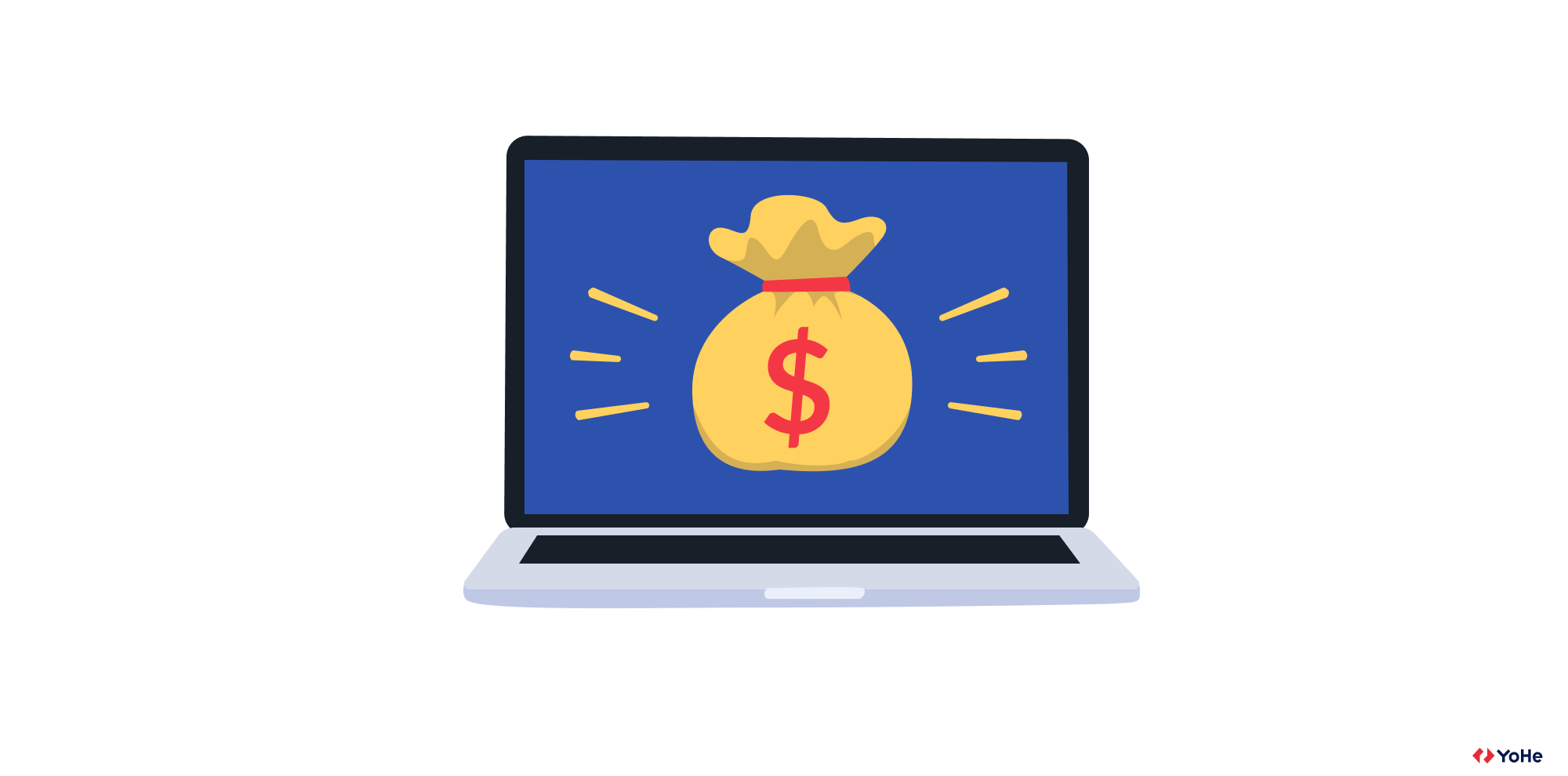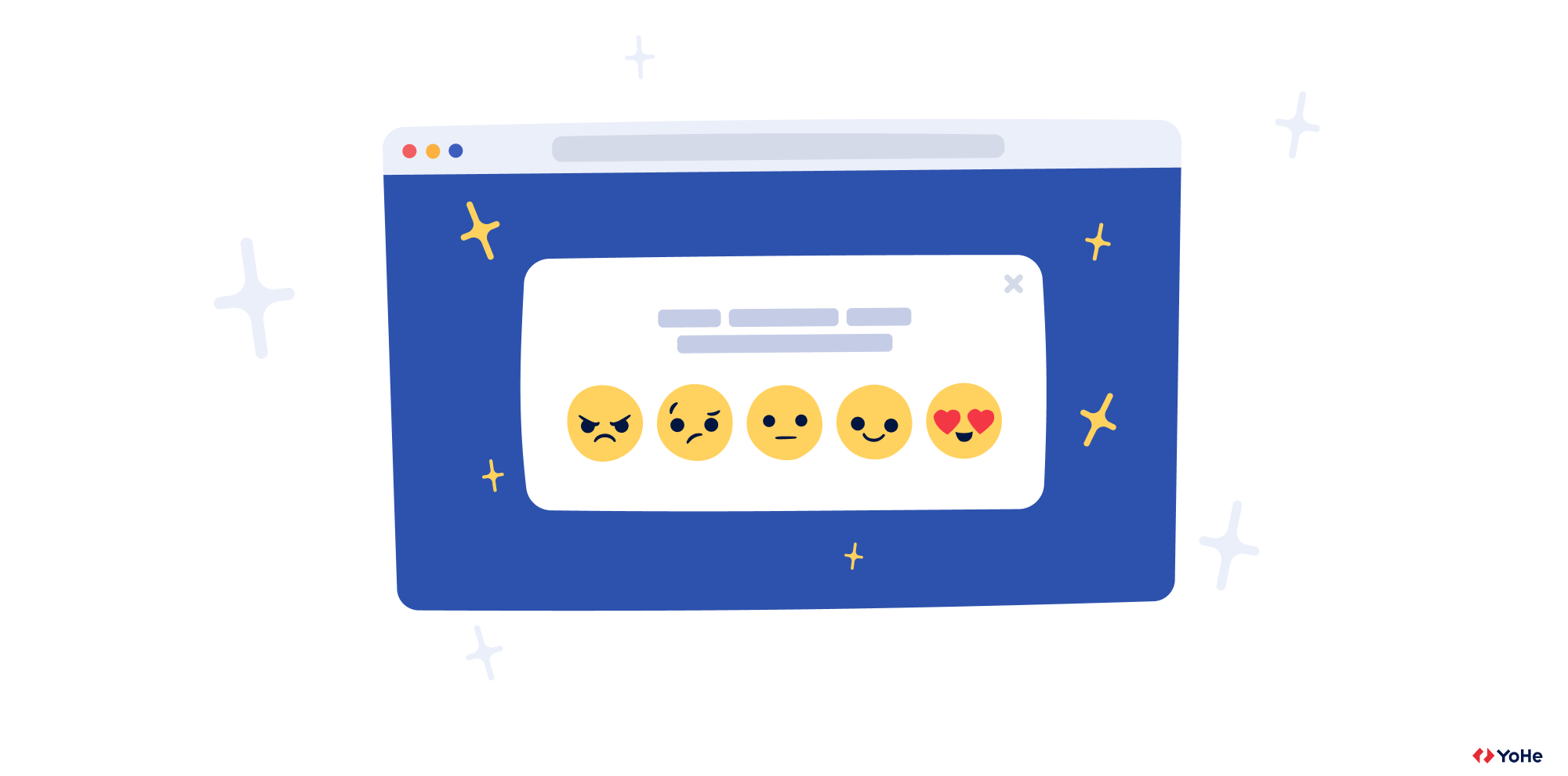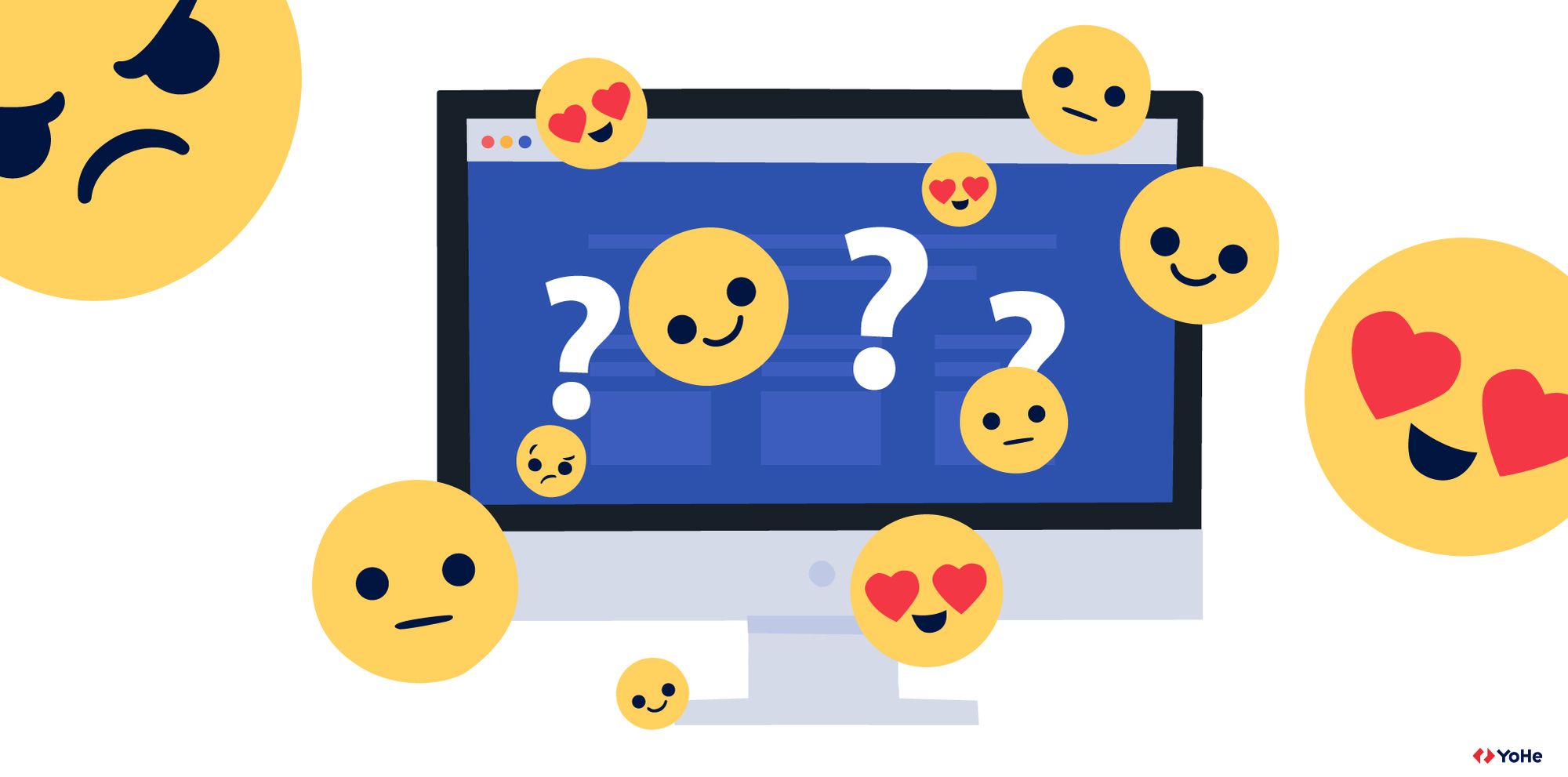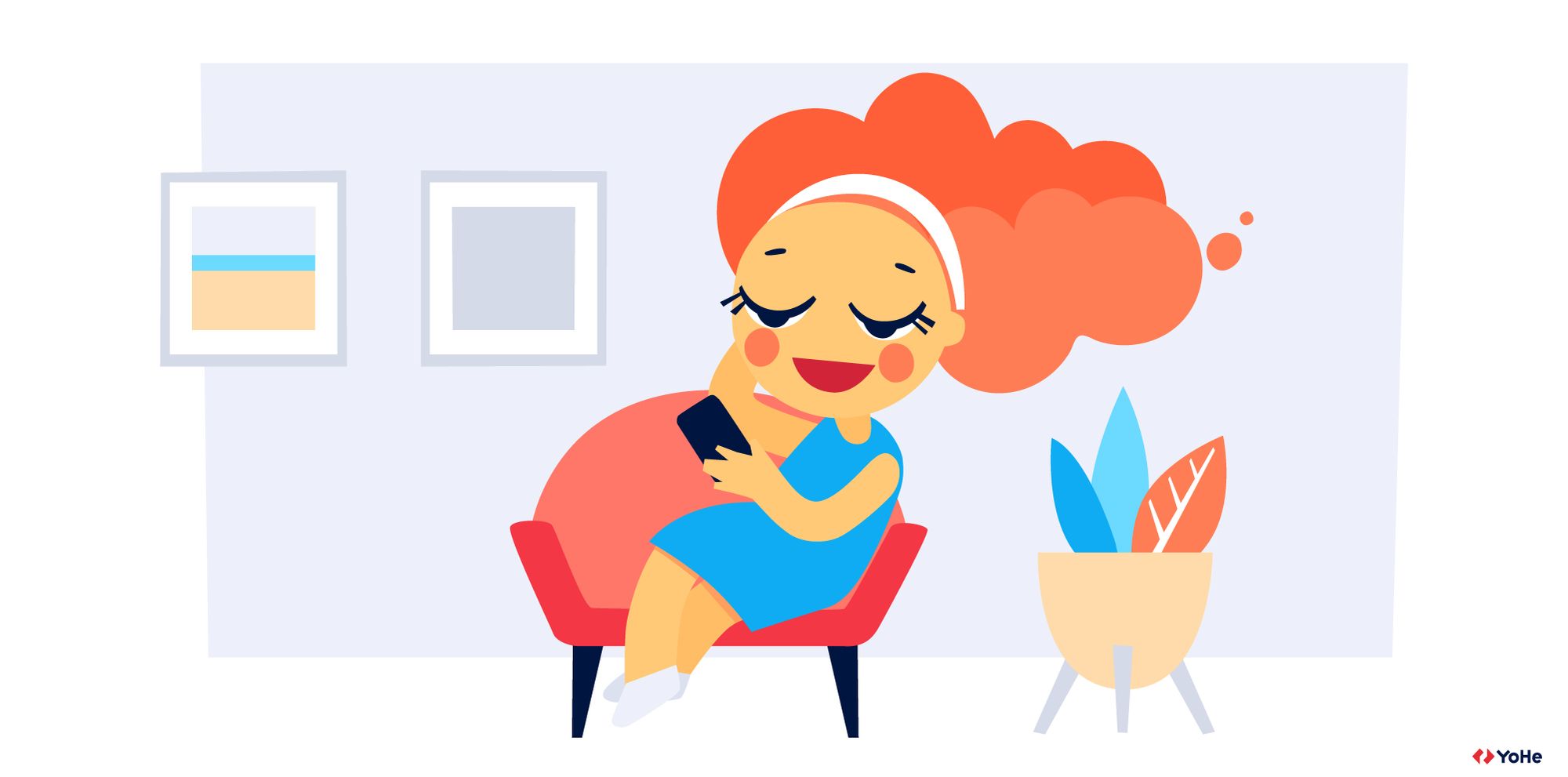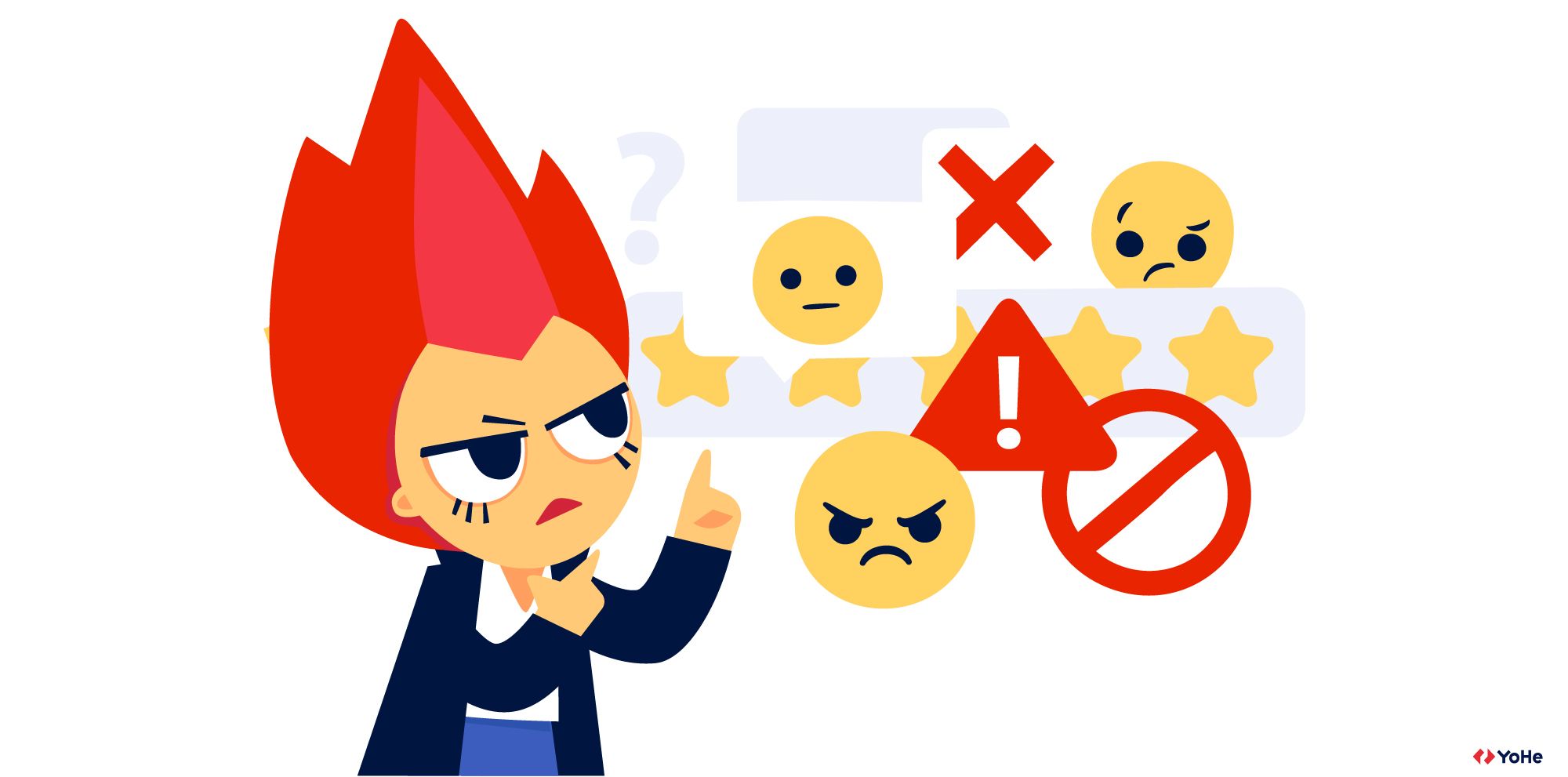Businesses are often so keen on finding new customers that they forget about loyal users. And about the stable flow of requests not by attracting new clients but by retaining loyal customers.
A typical story. We heard from an Internet marketer of one of the banks: "Everything is simple for me: I turned on advertising - customers have come, turned off – they stopped going."
And this phrase is striking in its short-sightedness. We are all used to minute-by-minute decisions. Sell as much as possible, no matter how and to whom. At the same time, people forget another strategy – a long-term game through loyal and satisfied customers. We're not saying that one excludes the other, no. The path to company happiness and prosperity lies only through customer orientation.
For example, one of the examples of poor attraction is the experience of AOL in the 90s. Instead of improving its servers, the media conglomerate focused on advertising. They distributed free floppy disks on the airplanes and attached them to magazines. New users took AOL's operational systems down, and the company earned an army of opponents. The monthly outflow of customers has increased to 6% (the annual churn rate was 72%!). In the 2000s, a dubious reputation cost AOL the planned competition with Google.
And here is an example of customer orientation from one of the most successful companies of our time. Amazon could afford to spend more money on advertising; instead, it directs money to lower prices and improve the quality of service. Jeff Bezos, the company's CEO, said: "If you make an amazing impression on customers, they will tell each other about it themselves." In a few years, Amazon's market value entered the World's Top 5.
Do you feel the difference? We hope so because it is about such stories that we will tell in our blog. If dissatisfied, a user will not return to you anymore and will advise his friends to do the same. So let's discuss five ways to hear your client.

Net Promoter Score
There is nothing easier than a number rating! Ask yourself how much you would rate today's breakfast on a 10-point scale. Before you blindly choose a mark, you will surely remember overcooked toast, or, conversely, the flashback will be pleasant – you have never made such delicious scrambled eggs in your life! Our compliments to the chef!
After that, the answer figure will not be chosen by chance but will be close to reality. The creators of the NPS metric came to this conclusion one day. The user should answer a simple question: "How likely are you to recommend our business to a friend or colleague?". As a result, you subtract the percentage of detractors from the percentage of promoters. And that's how you calculate the overall NPS score.
NPS is the most honest indicator that will help you track whether you are working with users in the right direction. You will finally understand how you are doing with the customers' attitude to your brand.
There are only a couple of metrics similar in their effectiveness. One of the most noticeable is CSAT. We change the numbers to emojis – and voila! According to research, of all the graphic ways of depicting a face, people most associate themselves with these cute icons. So the answer to the question "How do you like our site?" will be candid.
Customer satisfaction rating
That's how we came to the superb CES (Customer Efforts Score) and CSAT (Customer Satisfaction Score). In the original, the first metric tracks the answers to the question: "How much effort did it take to solve your problem?" Initially, it was used only by contact centers. The second metric, the level of customer satisfaction, is perhaps one of the simplest and most popular. Just ask the user: "How do you like our site?" and consider that you have become a CSAT guru.
Why does the emotional background of users need to be constantly monitored? With a satisfaction rating, you have a weighing scale in your hands: on one side is the users' dissatisfaction, on the other – their delight. After all, you didn't collect NPS scores for the sake of vanity! Now you can influence these indicators in live mode. Make changes on the site and immediately get a live response. We made the website more convenient – we saw the growth of the rating, ruined the UX – get a well-deserved downgrade, correct yourself.
That's why such seemingly different metrics can and should be combined. The picture above shows the dashboard of the UX Feedback, in which you can see the dynamics of ratings, the number of reviews, and the current emotional rating of users.

Reviews
Ratings are great, of course, but they won't tell you exactly what customers like or dislike. You can build hypotheses and test new elements of the site. Or just add a feedback window. It's verified – people willingly leave wishes. It is in their interest to make the website more convenient.
Only constructive criticism will save you from fortune-telling and endless hypotheses. And connecting reviews to analytics helps to avoid deliberate hate. Only extremely dissatisfied users will spoil the rating if they can't leave a mark without a text comment. And they will not be too lazy to write everything they think about you (well, they will ask you to change something, yes).
Surprisingly, it is worth giving the microphone into the hands of the client, and he immediately becomes audible.
Mail
When users write about problems, they want you to hear them. A client does not expect fireworks after leaving a review. But elementary feedback from the company is valuable!
Therefore, another element of user-friendly communication with the client is direct touch with him. It is enough to take some contact from him, for example, an email address. We noticed that if we add the email field, the number of reviews increases. People understand that they are not writing into the void, and the company takes their opinion into account.
Now it's up to the business – whether it will solve customer problems or accumulate feedback to use it someday.
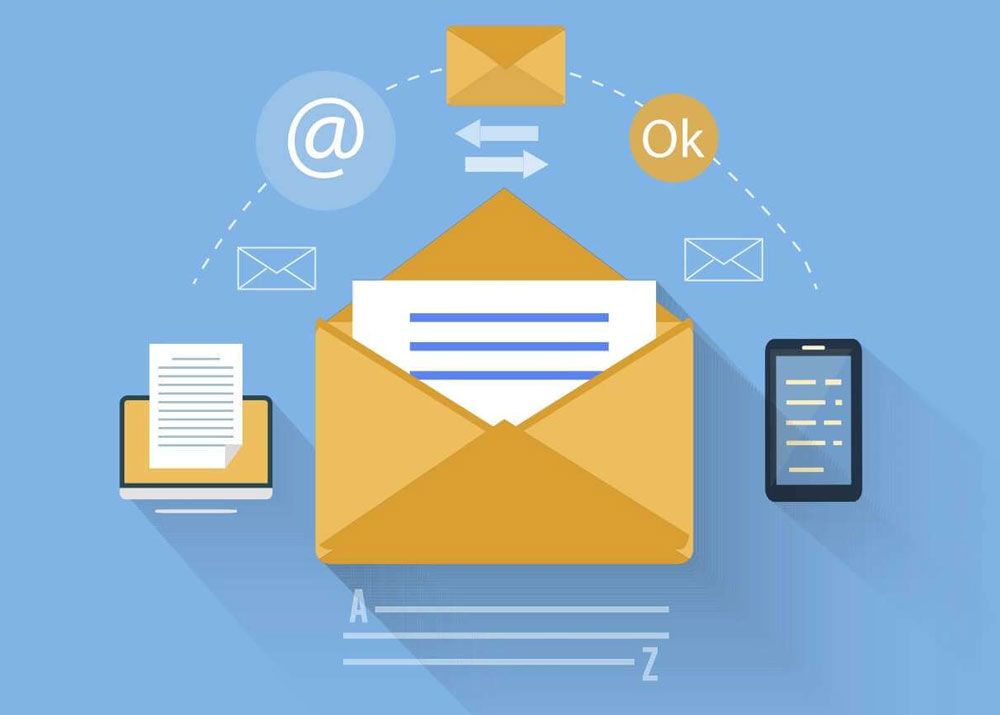
Surveys
If you can hear your customers now, it's time to reach out and get to know them personally! We invite everyone to a cozy loft for coffee! Stop, it's long and expensive. And are there any such spacious establishments at all?!
Everything was invented before us and for us by sociologists. If you want to discover how customers found you, what they are ready to buy, or whether they will recommend the site to friends, conduct a sociological survey. Offer several options to choose from or a field for entering the answer. The results are compiled into visual diagrams. Configure the appearance of the survey at a specific time or on a specific page.
Now that you have a psychological portrait of the target audience in your hands, it will be easier to set up targeting in social networks or prepare updates on the site for user requests.
An example from life, as you like. One of our clients did not understand why users leave the product page without making purchases. We conducted a survey and found out that people did not trust this store because, as it seemed to them, unoriginal products.
Now we are working together on this problem. But if we hadn't directly asked the users what the reason was, we would never have figured it out ourselves.
How can we help?
We took the responsibility to do the chemistry. Our platform is our philosopher's stone, a synthesis of the best feedback solutions. Our service:
- collects feedback from users
- calculates satisfaction rating
- saves the contacts of loyal visitors
- allows you to conduct surveys for different audiences on any page of the site.

